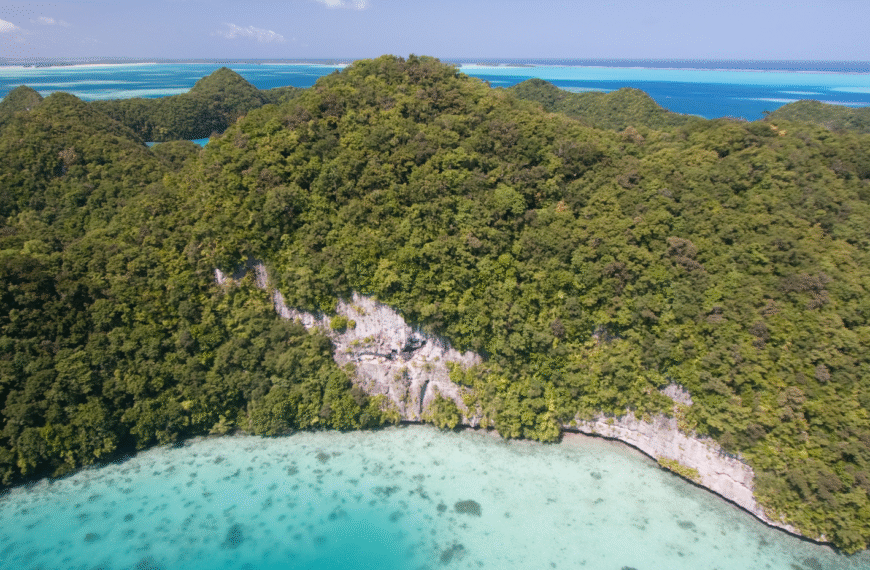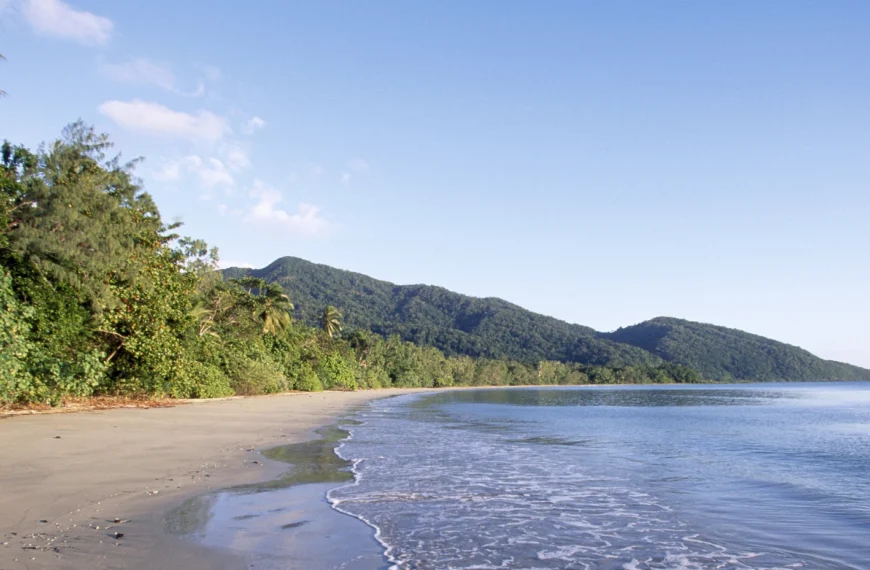For travellers seeking meaning, this Bhutan guide is less a manual and more an invitation: to listen, to reflect and to experience a nation that has never separated culture from nature, or spirituality from sustainability.
“Bhutan is extraordinary. It values Gross National Happiness over GDP; a bold and inspiring departure from conventional measures of progress. Our upcoming journey there is rooted in Bhutan’s profound principles of sustainability, cultural preservation, and good governance. We’ll engage deeply with the country’s unique approach to leadership through intimate workshops, spiritual experiences, and connection with conservationists, educators, and cultural stewards” Sophie Gandet, JWP Head of Community and Impact Ambassador
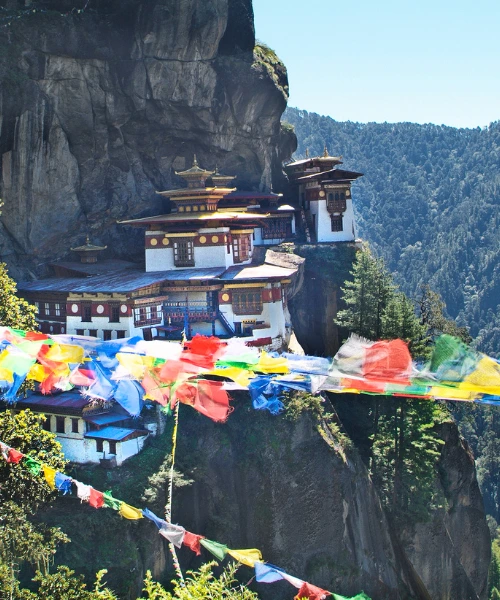

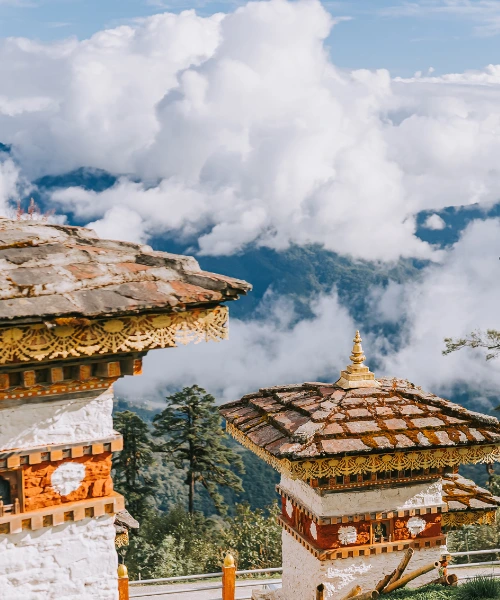
A Nation in Balance
For centuries, Bhutan has guarded its landscapes with quiet resolve. More than 70% of the country remains under forest cover, and over half its territory is legally protected. In Bhutan, conservation is not a buzzword; it’s embedded in the constitution, government policy and daily life.
This is a country where environmental stewardship flows through every layer of society, from royal initiatives and state policies to grassroots projects in remote valleys. Organisations like the Royal Society for the Protection of Nature (RSPN Bhutan) work with local communities to safeguard Asia’s endangered species such as the white-bellied heron and the revered black-necked crane. Here, conservation is multi-level: spiritual, practical and profoundly human.
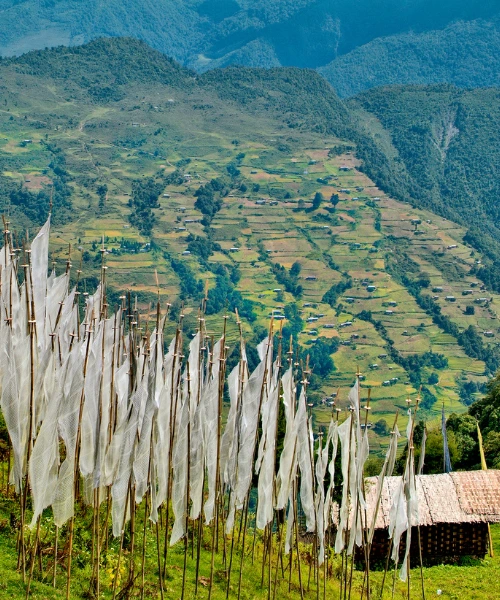
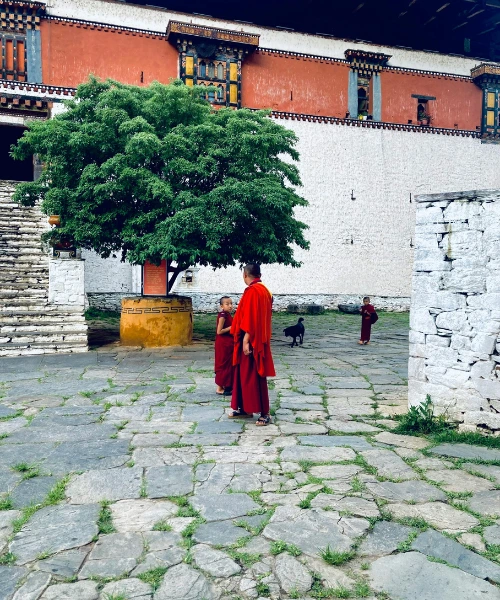
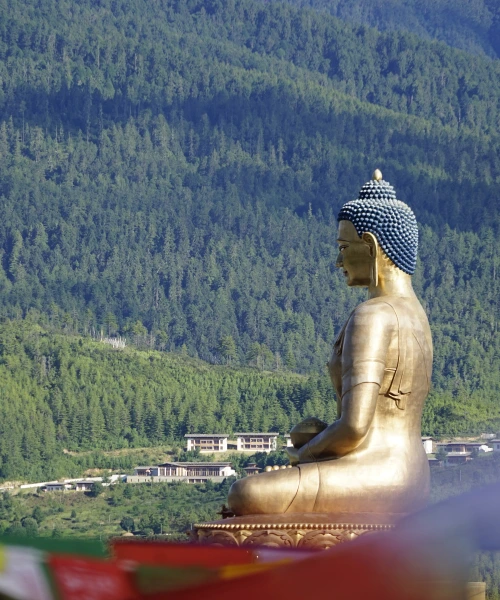
The Spirit of Connection
To understand Bhutan’s culture is to understand its spirituality. Across ridgelines and valleys, prayer flags flutter in the wind – their five colours, symbolising earth, water, fire, air and space, a living mantra of Bhutan’s unity with nature. Rooted in Mahayana Buddhism, and particularly the Vajrayana, or “Diamond Way” tradition, Bhutan’s spiritual life blends ritual, mindfulness and reverence for the natural world in daily practice.
Bhutan’s spiritual ecology shapes a worldview where nature is sacred, and human wellbeing depends on the harmony of all living things. In Bhutan, spirituality and nature are inseparable. It is this deep intertwining of wildness, belief and community that shapes the land-scape, the people and their purpose.
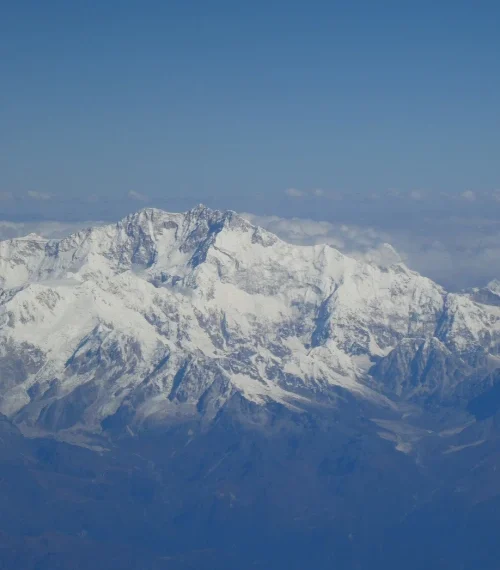
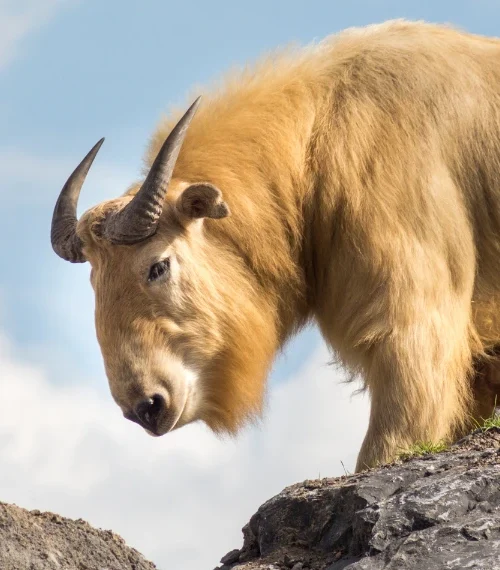

Nourishment of the Land
Food in Bhutan is not merely sustenance, it is philosophy, ecology and heritage served on a plate. Every meal tells the story of a nation deeply attuned to its land. Bhutanese cuisine is shaped by altitude and season, by monastic simplicity and Himalayan resilience. Chillies, red rice, buckwheat, yak cheese and barley are staples.
Most farms already operate without synthetic chemicals and the government has launched large-scale support for organic agriculture. In the countryside, many farmers still practice traditional, low-input agriculture that aligns with Buddhist ideals of simplicity and non-harm. Fields are rotated, seeds are saved and fertilisers are composted, each action part of a living system rather than an extractive one.
Meals are often shared communally, accompanied by gestures of thanks to the land and the people who steward it. In monasteries, food preparation is itself a spiritual exercise – cooking becomes contemplation, eating becomes offering.
In this way, nourishment becomes an act of stewardship. It is an invitation: to eat deliberately, to understand where food comes from and to feel connected to the land that provides it. For the conscious traveller, food offers another dimension to any Bhutan travel guide, a reminder that true exploration begins at the table, where culture, nature and community meet.
Conservation as Culture
Unlike elsewhere in the world, Bhutanese conservation is not an isolated effort, it is an expression of national identity. When Bhutan pledged to remain carbon negative, it wasn’t a policy gesture; it was a continuation of an ancient promise. Every decision, from hydropower to tourism, is filtered through the philosophy of Gross National Happiness, a system that measures success by environmental balance, cultural vitality and collective wellbeing.
At the Black-Necked Crane Centre in Phobjikha Valley, conservation takes on a spiritual dimension. Each winter, locals light butter lamps to welcome the cranes’ return, believing they carry the souls of the departed. Such gestures reflect the depth of Bhutan’s environmental ethos, protection not through enforcement, but through reverence.
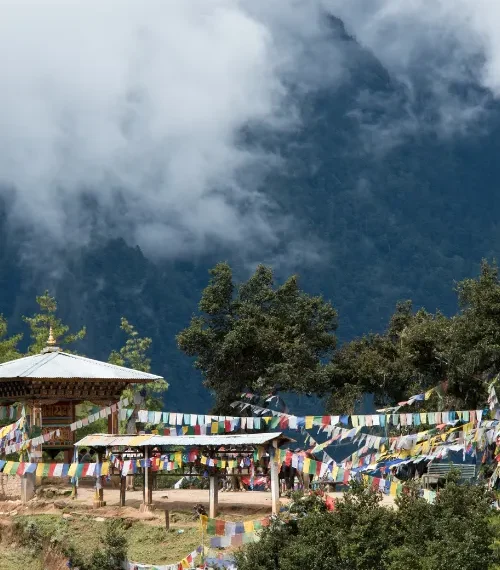

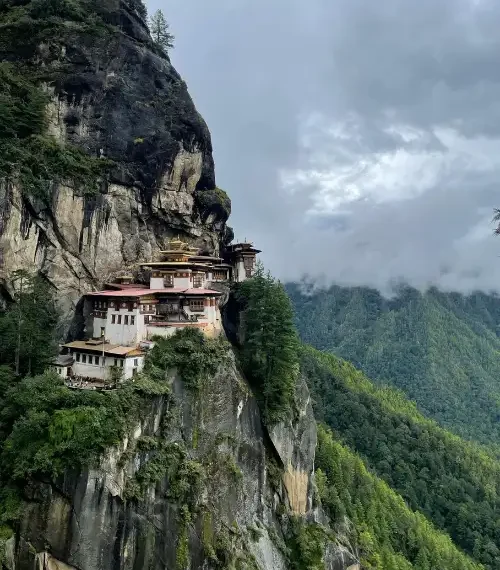
A Journey With Purpose
For those seeking to understand this harmony firsthand, Journeys With Purpose’s Bhutan retreat offers an unparalleled lens into the kingdom’s soul.
Hosted in partnership with the Stockholm School of Economics’ Center for Family Enterprise, this journey invites rising leaders, purpose-driven families and changemakers to explore how legacy, leadership and sustainability intertwine.
Through dialogues with Bhutanese conservationists, blessings from high lamas and immersive experiences in monasteries and wild valleys, travellers gain a rare view of a nation that leads with wisdom rather than wealth. Encounters with figures like Dr. Kinley at the Black-Necked Crane Centre or Dasho Benji, the “Godfather of Conservation,” illuminate how in Bhutan conservation is both deeply personal and profoundly systemic.
This is not a journey of observation, it’s one of participation. It’s our first ever learning journey, designed to immerse guests fully in the country’s conservation, culture and spiritual heritage, while providing space for reflection, dialogue and meaningful connection with both people and place.
Reforestation efforts with Green Bhutan, fireside discussions with policy leaders and reflection sessions on systems thinking all serve a shared purpose: to understand how a small Himalayan kingdom became a global model for regenerative living.

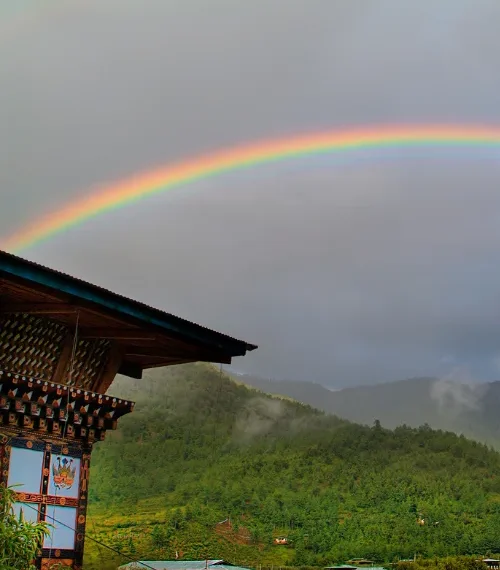

The Lesson of the Himalayas
To travel through Bhutan is to move slowly, to watch clouds gather over forested peaks and hear the murmur of monks reciting ancient prayers. It is to realise that culture and spirituality are not relics of the past, but living practices shaping a sustainable future.
Below are some of the most frequently asked questions we get from guests wanting to embark on an adventure to Bhutan:
How do I get to Bhutan?
All international visitors must enter Bhutan by air or overland from India. Most travellers fly into Bhutan via one of several regional hubs such as Bangkok, Delhi, Kathmandu or Singapore.
Which airport will I arrive at?
Travellers typically arrive at Paro International Airport (PBH), the country’s main international airport and the gateway to Bhutan.
What is the altitude like, and will I need to prepare?
Many regions sit between 2,200–3,000 metres. Most travellers adjust easily, and your itinerary is designed to acclimatise gradually.
When is the best time to visit Bhutan?
Spring (March–May) and autumn (September–November) offer the best weather and visibility, with mild temperatures and clear mountain views.
What is the Sustainable Development Fee (SDF)?
Bhutan charges a daily SDF to all international visitors to support conservation, community development and cultural preservation.
What kind of accommodation can I expect?
Guests stay in a blend of luxury lodges, heritage properties and carefully selected boutique hotels aligned with Bhutanese sustainability principles.
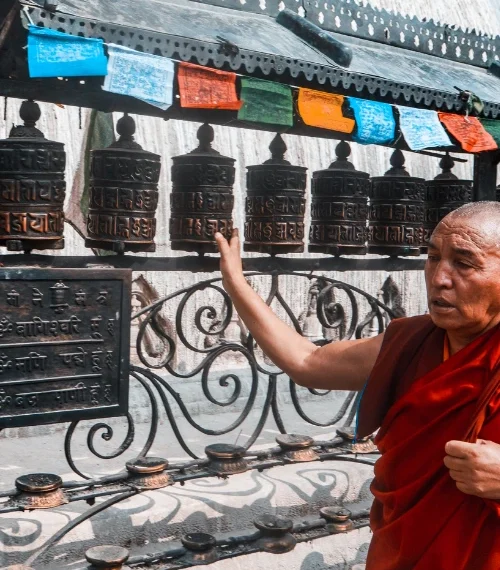
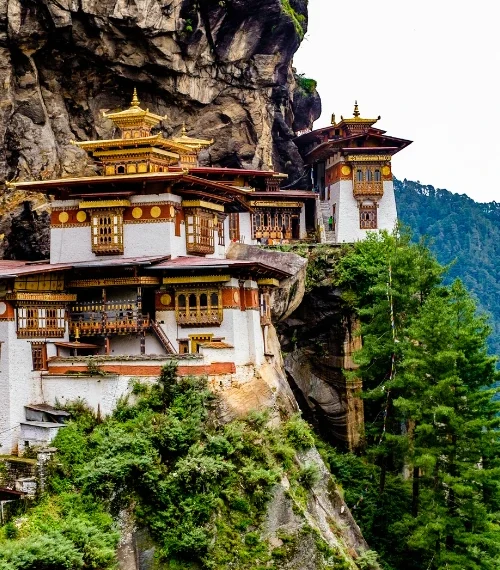
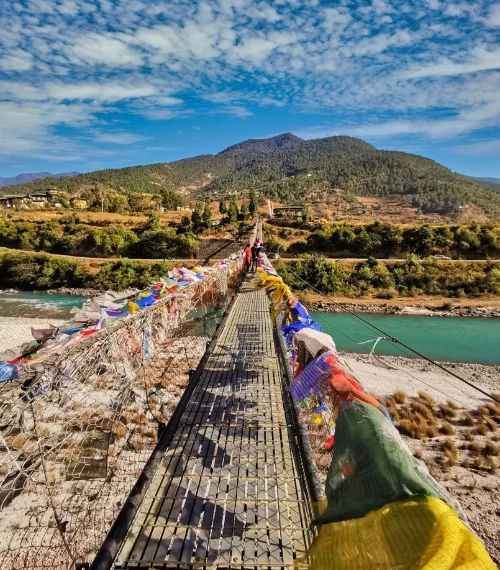
Bhutan teaches that conservation begins not with what we protect, but with what we respect. Its mountains remind us that progress and preservation need not be opposing forces. They can rise together, as they do here, in the world’s only carbon-negative nation, where happiness and harmony are part of the same horizon.
Interested In travelling to Bhutan?
At Journeys With Purpose, we invite you to walk this path with us, to explore how Bhutan’s conservation successes can inspire global transformation, and how travel itself can become an act of restoration. Reach out today to connect@journeyswithpurpose.org to speak to our team of experts and start planning your Bhutan adventure.

